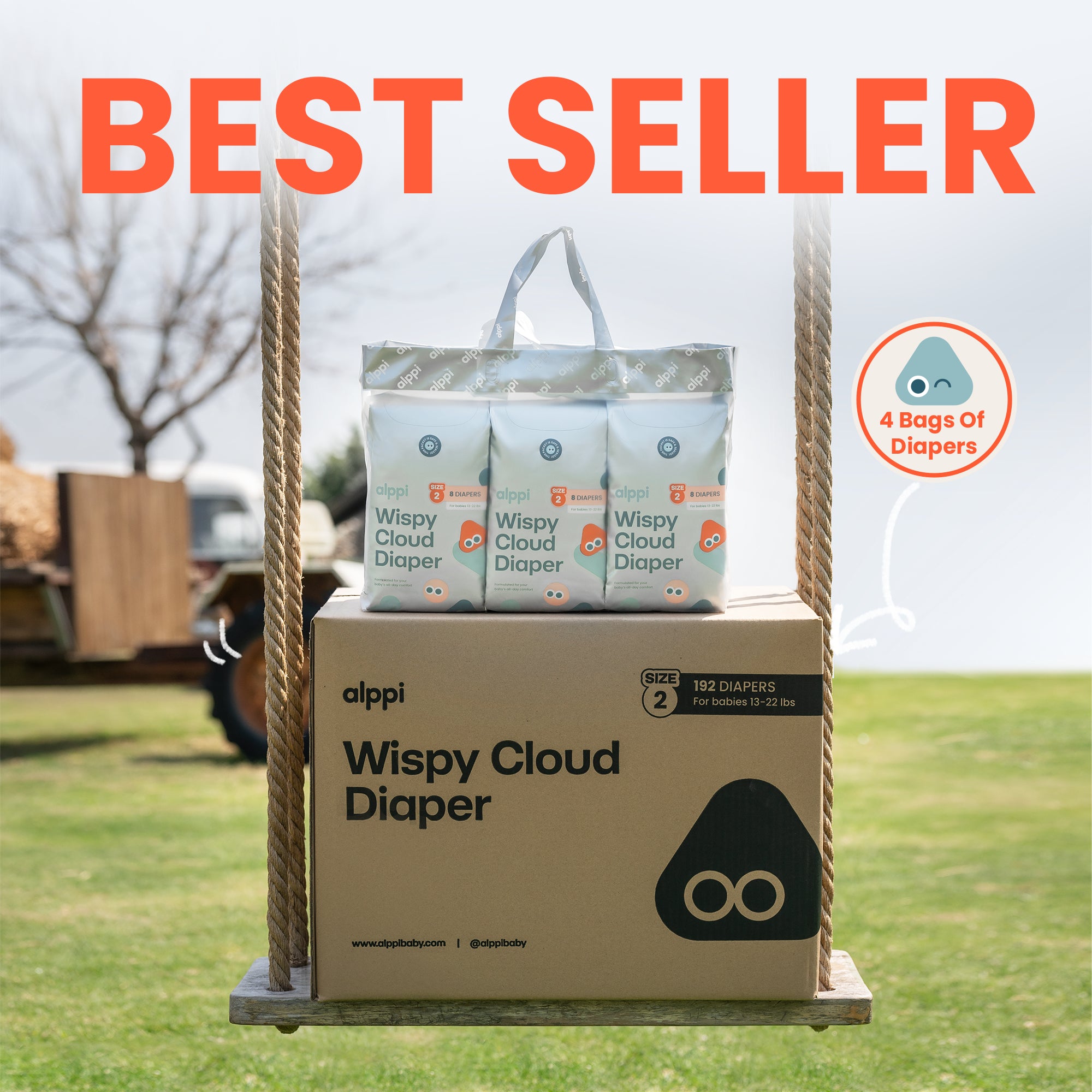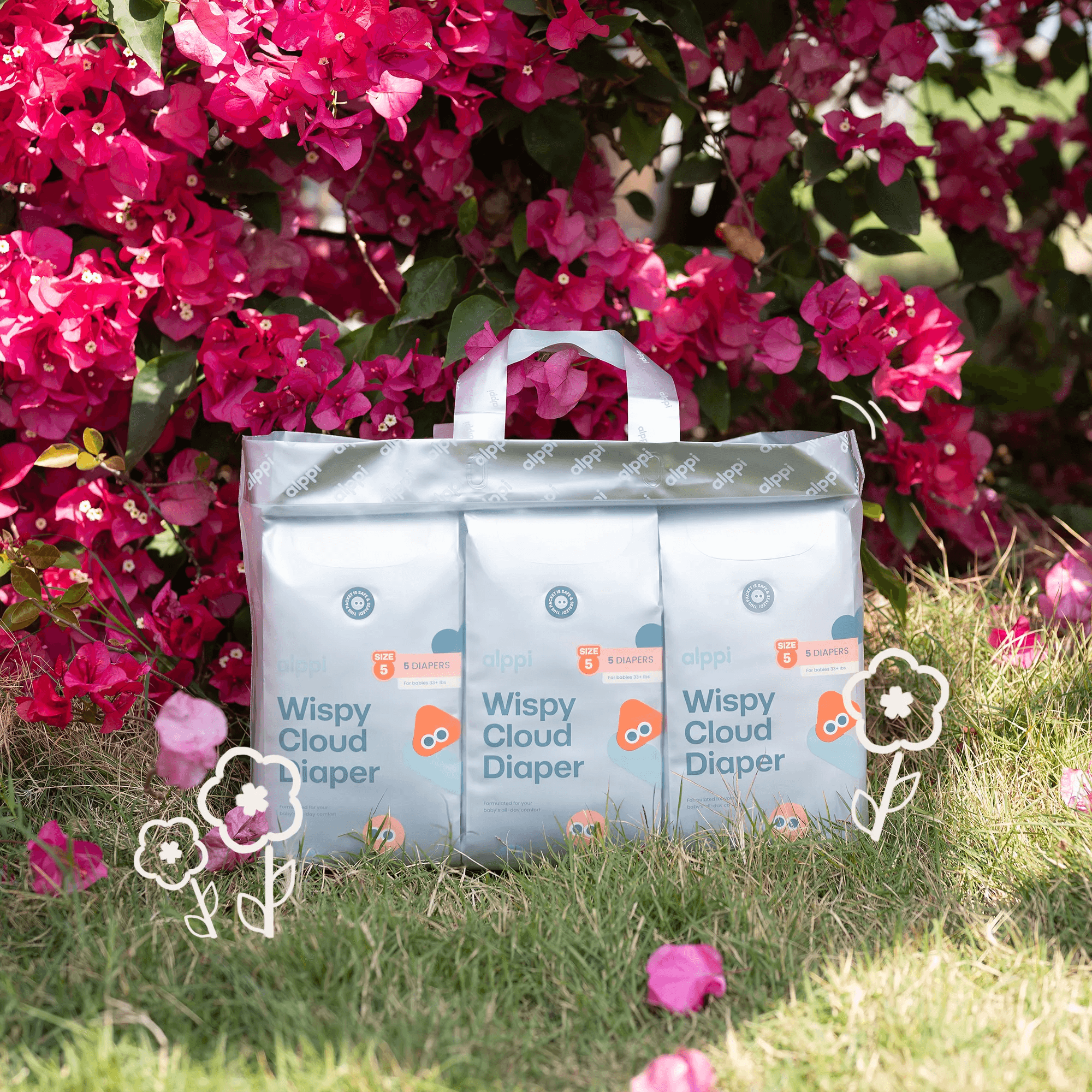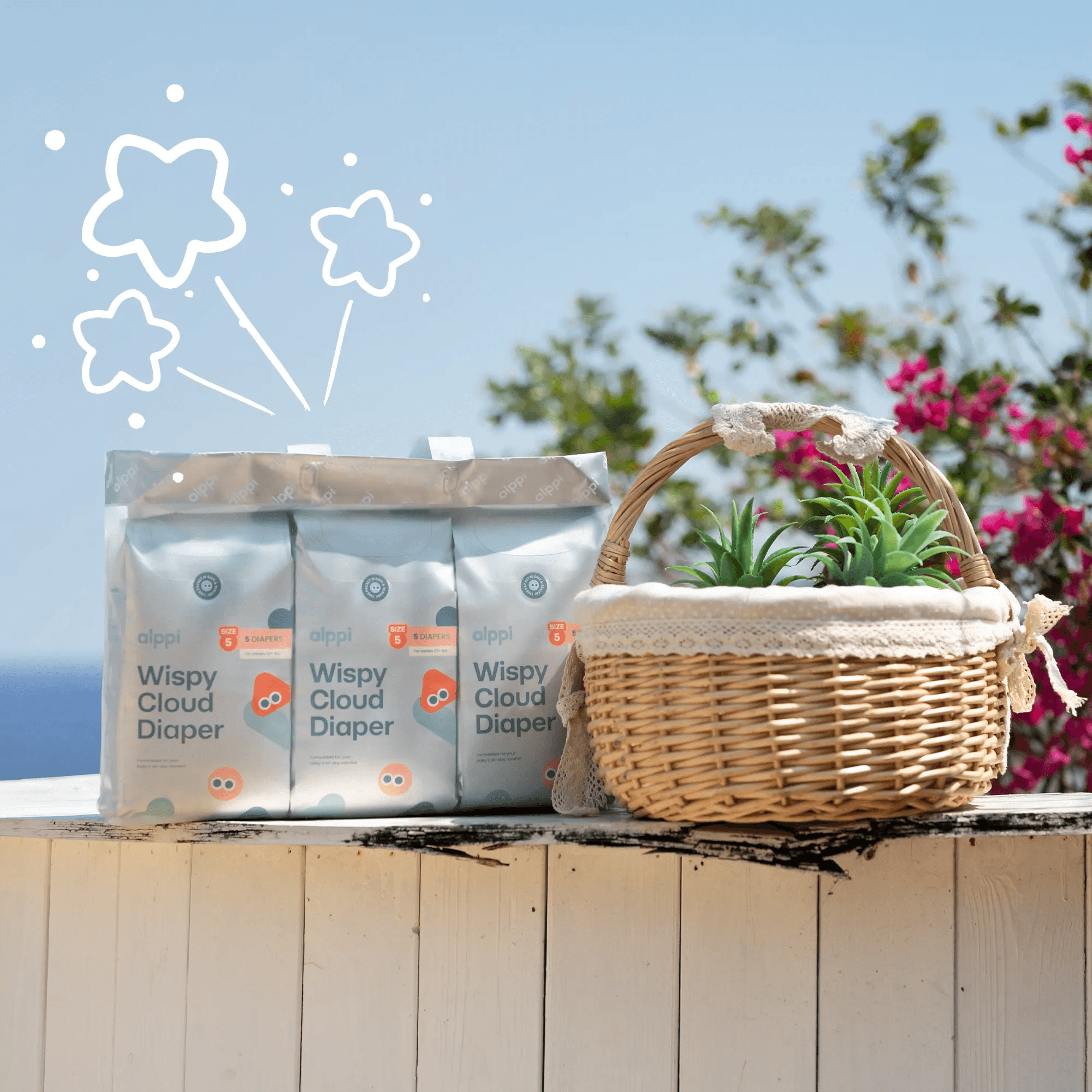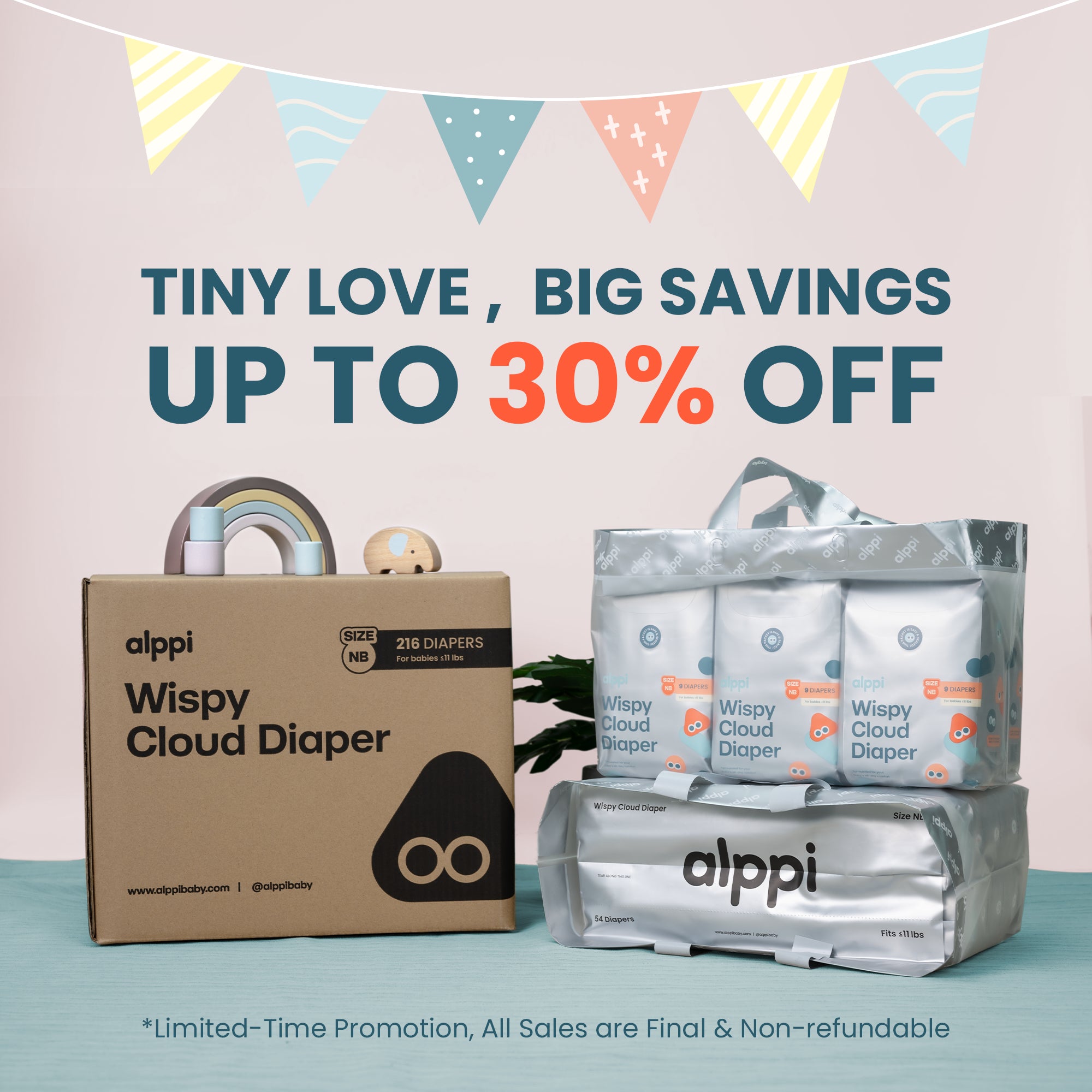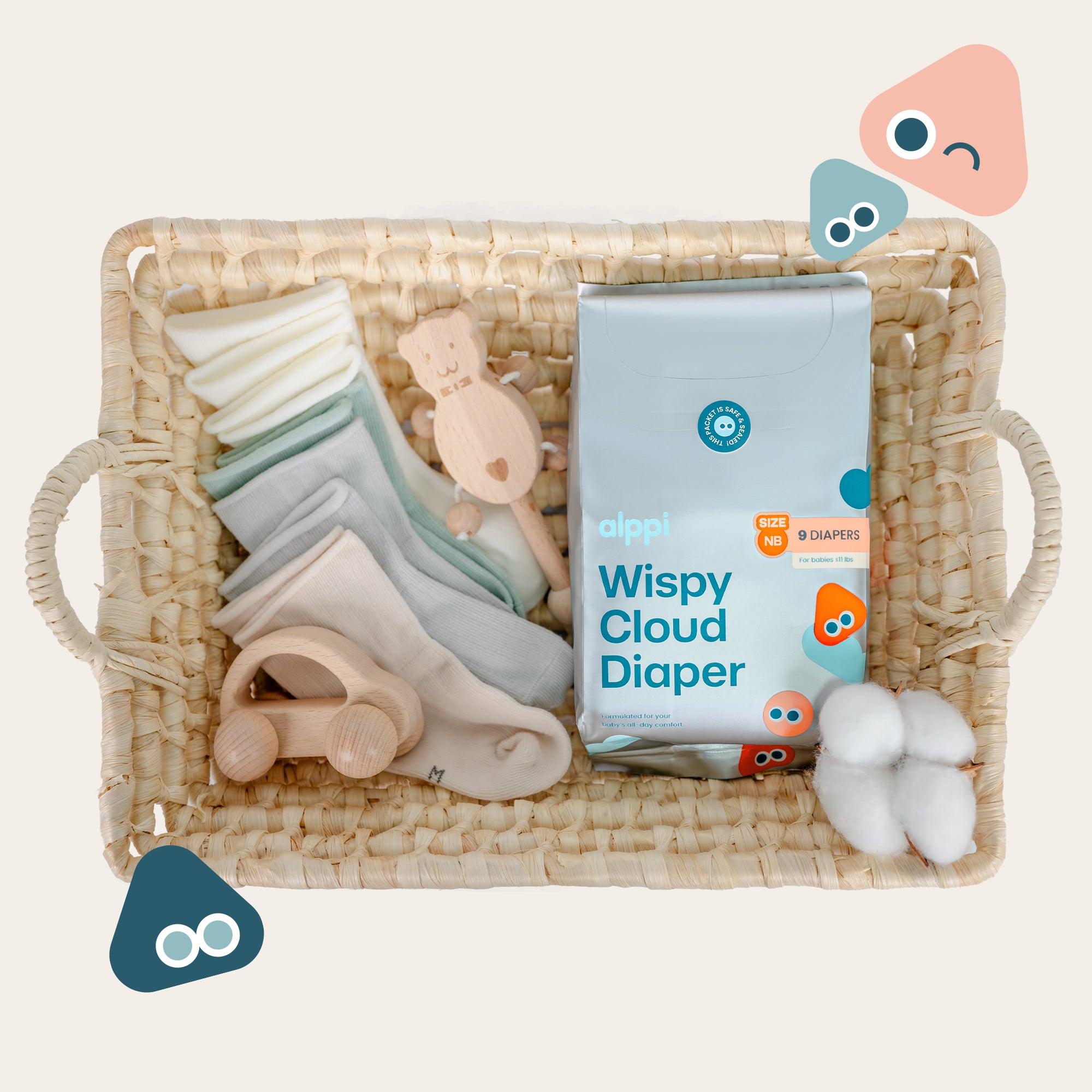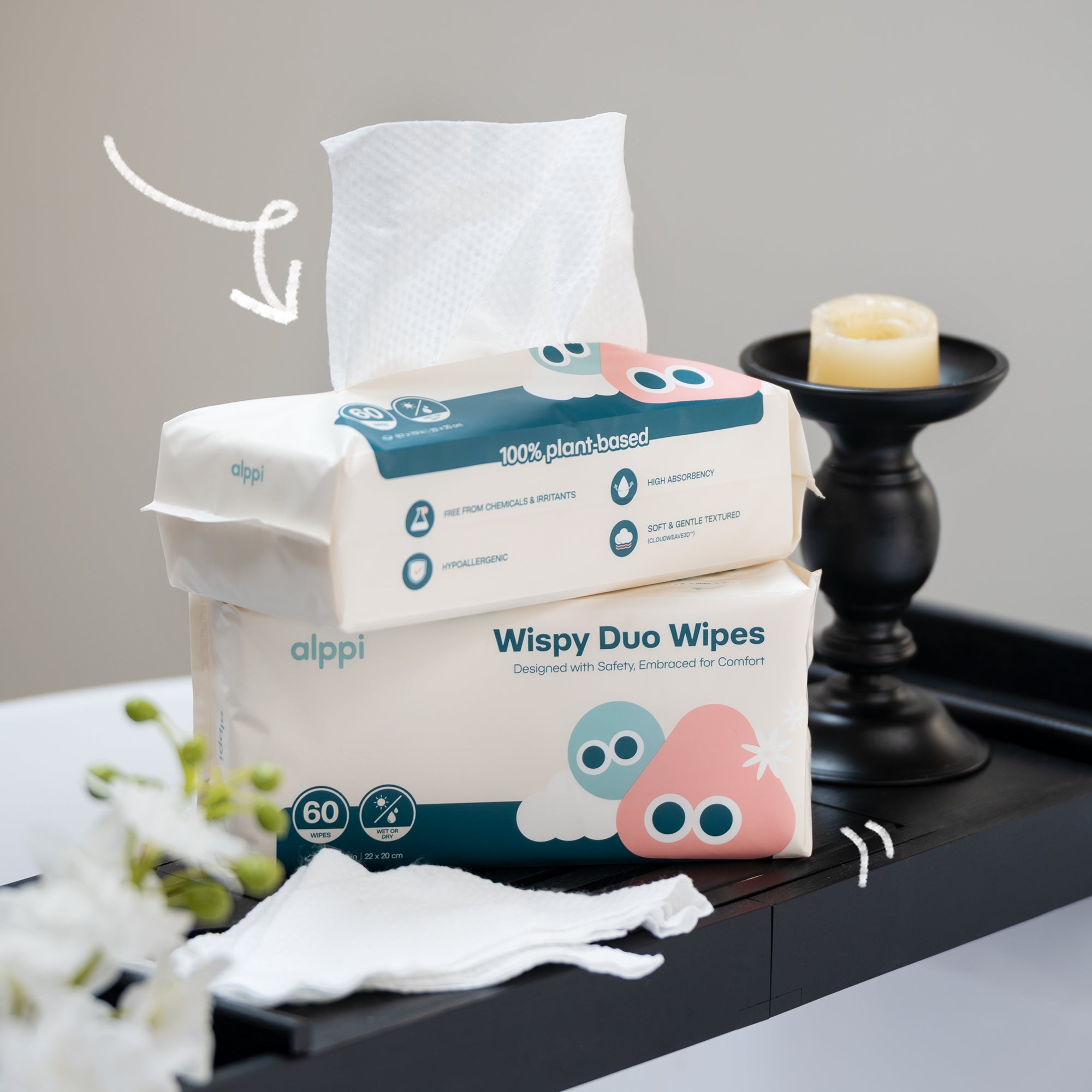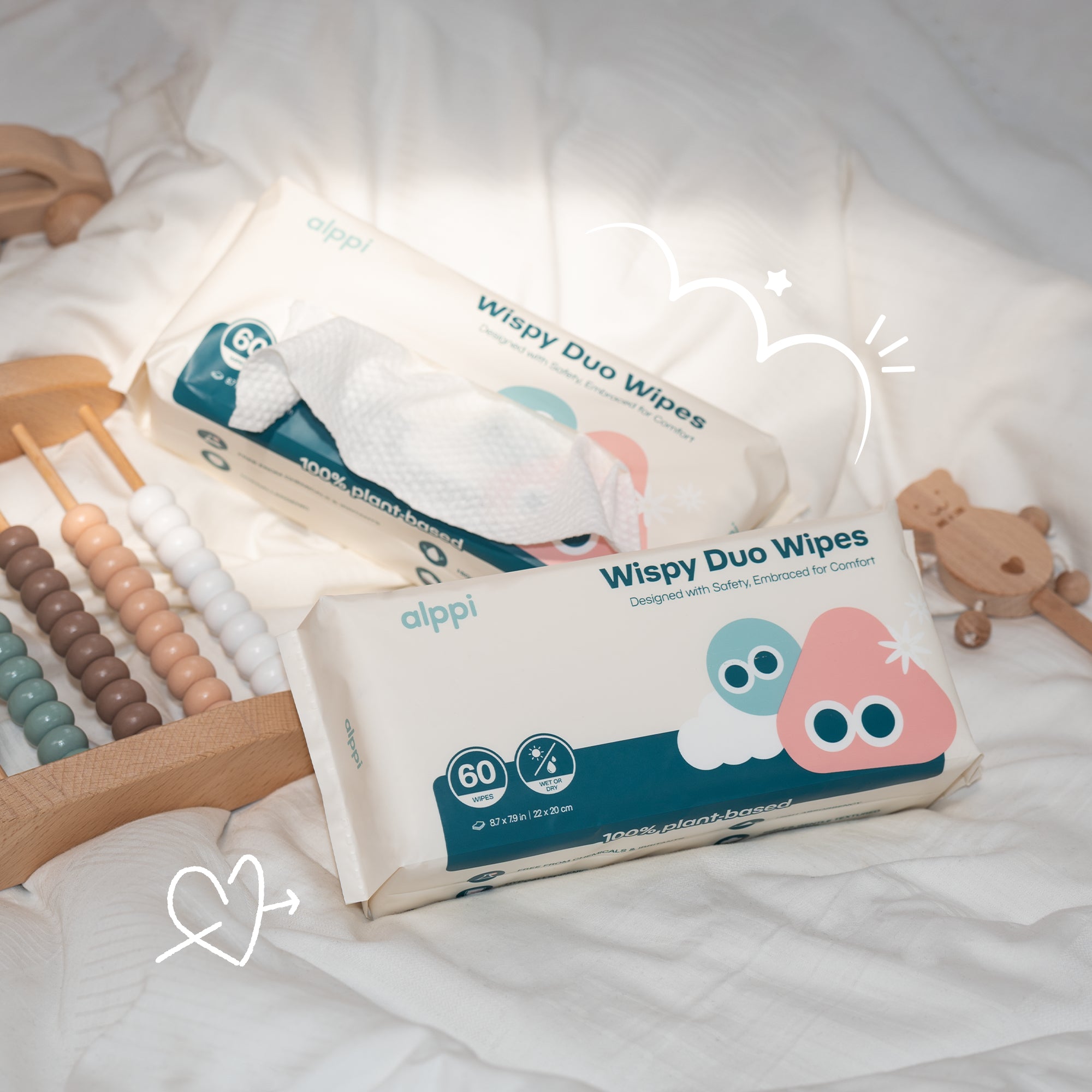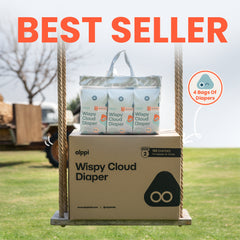Finding the right diaper size can be tricky, especially since every baby grows at their own pace. Age isn’t always the best way to decide, so weight ends up being the most reliable guide. Diaper sizes use weight ranges, which makes it simpler to get a good fit that helps stop leaks and keeps your baby comfy.
You’ll notice some sizes overlap, so your baby might fit two options at the same time. That’s when paying attention to how the diaper actually fits—checking for red marks, gaps, or a tight waistband—matters just as much as the number on the box.
With a clear diaper size chart by weight, you can plan ahead and avoid buying too many of the wrong size. From newborn to toddler, each stage comes with its own quirks, and knowing how to pick the right fit can save you time, money, and a lot of hassle.
Stock up and save with our bulk diaper packs — perfect for busy parents who never want to run out.
Diaper Size by Weight Chart

Diaper sizes are based on weight, not age. A proper fit helps prevent leaks, blowouts, and skin irritation. Use the chart below to quickly find the right size for your baby.
|
Diaper Size |
Baby Weight Range |
Approx. Changes per Day |
Notes |
|
Preemie (P) |
Up to 6 lbs |
~8/day |
For premature or very small newborns; outgrown quickly |
|
Newborn (NB) |
Up to 10 lbs |
~8/day |
Fits just below belly button; usually lasts only weeks |
|
Size 1 |
8–14 lbs |
~6/day |
Common for first 1–2 months |
|
Size 2 |
12–18 lbs |
~5/day |
Often used until ~6 months |
|
Size 3 |
16–28 lbs |
~5/day |
For older, more active infants |
|
Size 4 |
22–37 lbs |
~4/day |
Fits many toddlers; lasts longer |
|
Size 5 |
27+ lbs |
~4/day |
For bigger toddlers or preschoolers |
|
Size 6 |
35+ lbs |
~4/day |
For older toddlers; some brands extend to Size 7 (41–46+ lbs) |
Shop our small diaper collection designed for newborns and preemies, with gentle comfort and reliable protection.
How To Choose Diaper Sizes By Weight

Diaper sizes go by your baby’s weight, not age, since every child grows and fills out differently. Getting the right size helps cut down on leaks, stops skin irritation, and keeps your baby comfortable for all the rolling, crawling, and wiggling they do.
Why Weight Matters More Than Age
Age just isn’t a reliable way to pick a diaper. Two babies who are both three months old can weigh wildly different amounts, so they’ll need different sizes.
Most brands use weight ranges to help you choose. For example:
- Newborn: up to 10 lbs
- Size 1: 8–14 lbs
- Size 2: 12–18 lbs
- Size 3: 16–28 lbs
Those ranges overlap. If your baby’s weight sits in between, look at their body shape. A leaner baby might do better in the smaller size, while a chunkier baby could need the next one up.
Weight-based sizing also means the diaper will have enough absorbency for your baby’s needs. Bigger sizes hold more and usually have stronger tabs and more stretch, which helps when babies start moving around more.
Common Signs a Diaper Doesn’t Fit
If a diaper’s too small or too big, you’ll notice problems—leaks, blowouts, or gaps at the legs.
Red marks on the waist or thighs mean the elastic’s digging in and it’s probably time to size up. If you can’t slip two fingers under the waistband, that’s another sign the diaper’s too tight.
Other signs? Tabs that pop open, diapers that are hard to fasten, or not covering your baby’s bottom all the way. If your baby seems fussy during changes, the fit might be off.
Tips For Choosing The Right Size
Weight ranges on the package give you a starting point, but things like your baby’s shape, activity, and skin sensitivity also play a role. Paying attention to these details can help you dodge leaks, reduce irritation, and keep your baby comfortable day and night.
Adjusting Between Sizes
Babies often land in overlapping weight ranges, like 16–18 lbs, which fit both size 2 and 3. In these cases, check how the diaper sits on your baby instead of just going by the scale.
Look for gaps at the legs or waist. If the diaper looks loose and leaks, try the smaller size. If the tabs feel tight or leave red marks, go up a size.
Growth can sneak up on you. Buying a small pack when your baby’s between sizes lets you test the fit without getting stuck with a giant box. That way, you waste less and keep your baby comfy as they grow.
Daytime vs. Overnight Fit
Daytime diapers usually work fine with changes every few hours. At night, though, your baby might sleep longer and need more absorbency. That’s when size and fit become even more important for stopping leaks.
Some parents size up at night, especially once their baby sleeps through. A slightly bigger diaper offers more coverage and absorbency, cutting down on early-morning leaks.
You can also try diapers labeled “overnight”—they’re built with stronger cores. Pairing the right size with these features helps keep your baby dry for longer stretches.
Comfort and Skin Health Considerations
A diaper that doesn’t fit right can cause skin problems. Tight waistbands or leg cuffs might leave red marks, while loose diapers can rub and irritate skin. You should always be able to slip two fingers under the waistband without much resistance.
Check your baby’s skin at each change. If you see redness or chafing, the diaper could be too snug. Moving up a size usually helps.
Breathable materials and frequent changes matter too. Even with the right size, leaving a wet diaper on too long raises the risk of diaper rash. The right fit helps cut down on friction and keeps your baby’s skin healthier.
Keep your toddler comfy and dry with our large diaper sizes, made for active little explorers.
Conclusion: Diaper Sizes by Weight
Finding the right diaper size by weight makes a big difference in your baby’s comfort and your peace of mind. A snug, well‑fitted diaper helps prevent leaks, blowouts, and skin irritation while keeping your little one happy and dry.
Since babies grow quickly, keep an eye on weight changes and diaper fit. Don’t hesitate to size up when you notice marks on the skin or frequent leaks—comfort always comes first.
Want to be even more prepared? Check out our guide on diaper bag essentials to make outings with your baby stress‑free.
Frequently Asked Questions
Diaper sizing can be confusing since babies grow at their own speed. Weight is the best guide, but parents still wonder about age ranges, how long babies stay in each size, and what to do if their baby’s weight is right on the line.
Do diaper sizes go by weight?
Yes, diaper sizes are based on weight, not age. Two babies the same age might need totally different sizes. Using weight gives you a better fit, helps avoid leaks, and keeps your baby more comfortable.
What size diapers are for what age?
Age isn’t a great way to pick diapers. For example, newborn size usually fits up to 10 pounds, and size 1 covers 8–14 pounds. A 3-month-old might still be in newborn diapers or could already need size 2—it depends on their weight.
What diaper size are babies in the longest?
Most babies spend the most time in size 3. It fits 16–28 pounds, which often covers several months in the first year. Sizes 4 and 5 can also last a while once your baby’s a toddler.
Which diaper size for a 7kg baby?
If your baby weighs 7 kilograms—so, roughly 15 pounds—they’ll probably wear size 2 or maybe size 3 diapers. Size 2 usually works for babies between 12 and 18 pounds, and size 3 starts at about 16 pounds, going up to 28. It really depends on your baby’s shape, though, so you might need to try both and see which one fits best.



